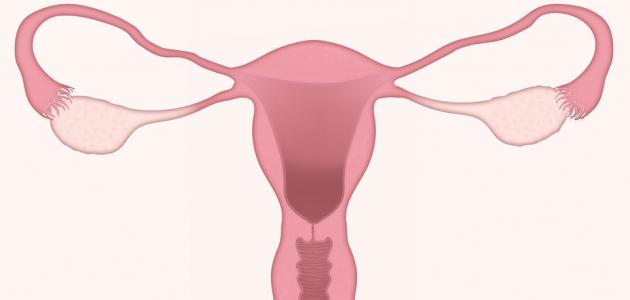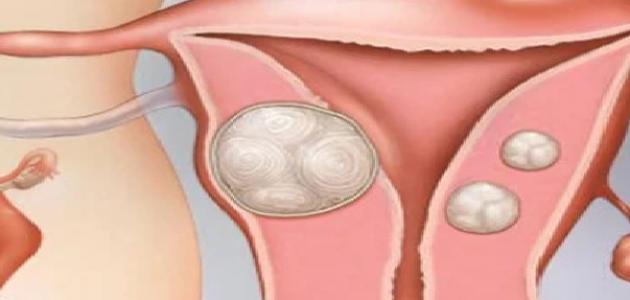Symptoms of ovulation
Some women may notice the occurrence of symptoms in their bodies when the egg is released, but there is no doubt that these symptoms differ from one woman to another, and there are some other women who do not notice any symptoms of the egg being released. It is worth noting that the date of ovulation varies from one woman to another, and in a manner In general, symptoms can be observed that accompany the release of the egg, which we mention as follows:
Changes in cervical secretions
The increase in vaginal secretions and their increase in clarity is an indication and sign of the occurrence of the ovulation process or its imminent occurrence, knowing that every woman has her own secretions that differ from other women, and the date of ovulation is on the day the woman notices the presence of the largest amount of secretions on it, and it can A woman may notice mucus on her underwear, or when wiping the area with toilet paper. On the other hand, after the ovulation period has passed, many women notice a decrease in the amount of vaginal secretions, an increase in their viscosity, and the secretions may become less clear compared to what they were at the time of ovulation.
Change in basal body temperature
A woman can measure her body temperature every day before getting out of bed, and this temperature is called basal body temperature. If a woman continues to measure her basal body temperature over the course of several months, she can notice that the temperatures It takes a specific pattern when ovulation occurs. A woman may notice a slight decrease in basal body temperature before ovulation occurs, followed by an increase in body temperature after ovulation occurs. This increase in basal temperature indicates that ovulation has just occurred.
Read also:When is the egg fertilized?
Change in the position of the cervix
The cervix goes through many changes during ovulation. During this period, it is high, soft, open, and moist, but it may take a woman some time to gain the ability to notice the changes that can occur to the cervix during the period of ovulation compared to the normal state of the cervix.
Feeling abdominal pain
Some women can feel abdominal pain when ovulation approaches, and the severity and nature of this pain varies from one woman to another. The presence of abdominal pain and its association with other signs of ovulation at the same time, such as a change in cervical secretions, can indicate to a woman the date of ovulation.
Other symptoms
Other secondary signs of ovulation that may appear in some women include:
- A few drops of blood appear near the time of ovulation.
- flatulence;
- Increase sexual desire.
- Feeling that the breasts are more sensitive to pain.
A woman can use an ovulation test (in English: Ovulation kit), which confirms that ovulation has occurred at the present time, and this test is considered safe to use and affordable. Ovulation tests are sold in pharmacies, and the method of using them is similar to a home pregnancy test. Where the woman urinates on the test stick or places the test stick in a cup containing a urine sample, and the test result then appears positive, confirming the occurrence of ovulation, or negative, denying its occurrence.
Read also:Right breast pain causes
The importance of knowing when you ovulate
The egg meets the sperm that fertilizes it in the fallopian tube, and it must be known that the egg can remain alive after its release from the ovary for a period not exceeding twenty-four hours, while the sperm can remain alive in parts of the female reproductive system. For a period of up to a week; Therefore, engaging in marital relations in a period close to the date of ovulation is an important matter for every couple who wants to have children, and it is important to know what is called the fertility window (in English: Fertility Window), which lasts up to six days, and intercourse during this period increases the chances of pregnancy. The fertility window includes the five days before the date of ovulation, and the sixth day is the day of ovulation itself. Having marital intercourse on these days increases the chance of a live egg meeting with a healthy sperm and increases the chance of pregnancy.
Read also:Left breast pain








